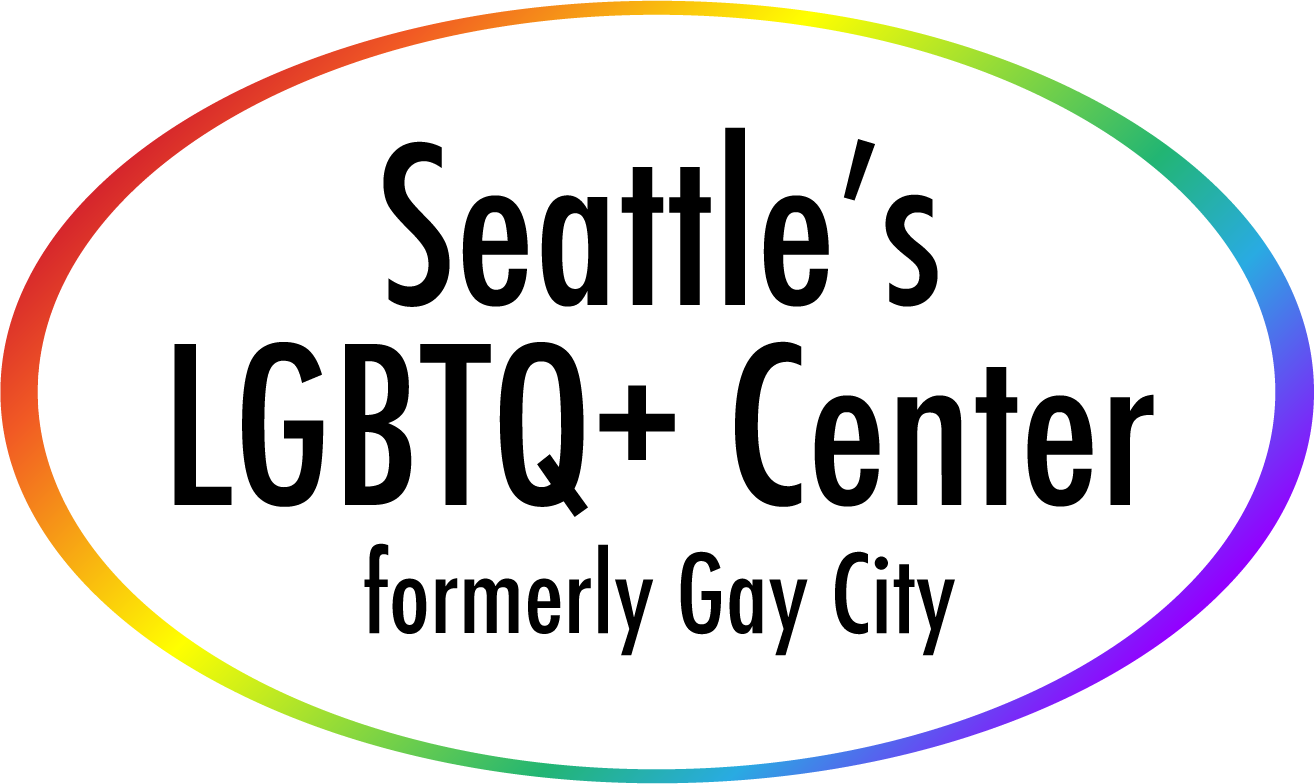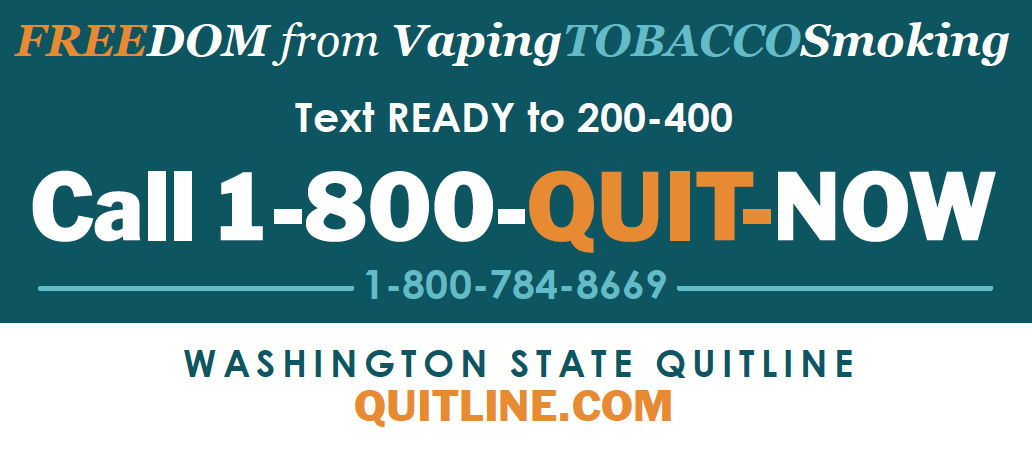Banning Flavored Vapes Alone Won’t Solve the Epidemic: The Need for Investment in Prevention, Education, and Cessation
By Denise Pérez Lally, Elaine Ishihara, Fred Swanson, and Shelley Cooper-Ashford
The evidence is clear: teens and young adults in Washington believe that vaping is harmless. But dig a little deeper and the harm is evident. Youth that we work with recount that their schools’ all-gender restrooms, created as a safe place for trans and non-binary students, are appropriated for their single-stall use to conceal vaping habits from administrators. Some peers even renamed the gender-neutral restroom as the “vape room.” Others vape in the classroom when the teacher isn’t looking.
The Centers for Disease Control and Prevention (CDC) recently announced more than 1,080 vaping related lung injury cases, with 19 dead. The specific vaping chemical associated with lung injury is still unknown. 37 percent of the victims are 20 years old or younger. In Washington state, there are seven cases of vaping related lung injury; two are under the age of 20.
In response, Gov. Jay Inslee signed an executive order asking the state Board of Health for a ban on flavored vape products, which, along with THC and unregulated vape products, are linked to the lung injury cases.
As non-profit organizations serving communities of color and the LGBTQ community, we know that a ban on menthol and other flavored vape products will decrease the initiation of vape and tobacco products among teens and young adults, improving health outcomes. We support the flavor ban.
But a ban on flavored vape products without additional resources for cessation and prevention, is missing a key element. In the communities that we serve, we continually see public health policies with unintended consequences that criminalize youth of color and youth who identify as LGBTQ.
Earlier this year, Washington state raised the purchasing and possession age of tobacco and vaping products from 18 to 21. The state collects $552.6 million annually from tobacco taxes and fees, but spends less than 1% towards prevention efforts. In both Tobacco 21 and Inslee’s proposed vaping flavor ban, there are no additional resources allocated for prevention education or cessation programs. Under Tobacco 21, ill-equipped retailers are burdened with educating consumers of the new age requirement, and anyone who “appears” to be under 21 can be stopped and subjected to invasive searches by law enforcement.
According to the 2018 Washington State Healthy Youth Survey, 21 percent of 10th graders vaped in the past 30 days. Higher than the state average, 24 percent of Hispanic and 28 percent of American Indian/Alaska Native students vape. Meanwhile, 16 percent of Black/African American students vape.
Disaggregating the data on Asian and Pacific Islander youth, 22.7% of Native Hawaiian and Other Pacific Islander, 21.4% of Japanese and 20.3% of Khmer/Cambodian students vape. LGBTQ students have the highest vaping rate of any subpopulation at 30.4%.
Banning flavored vapes alone is not a solution. The governor and the state health board must ensure that teens and young adults are not criminalized in the process but are instead given additional resources and education to prevent the adverse effects of vaping.
What we’re seeing today with vaping is much the same as the tobacco industry 20 years ago. Vaping companies like Juul are owned by these same tobacco companies and are using the same marketing tactics, including flavors, to lure youth.
To improve health outcomes for the most marginalized, local public health agencies need control over tobacco and vape products, and policies rooted in communities of color and the LGTBQ community – not criminalization.
Fred Swanson is the Executive Director of Gay City: Seattle’s LGBTQ Center.
www.gaycity.org
Denis Pérez Lally is the Human Services Director at El Centro de la Raza.
www.elcentrodelaraza.org
Elaine Ishihara is the Director of Asian Pacific Islander Coalition Advocating Together for Health.
www.apicat.org
Shelley Cooper-Ashford is the Executive Director of Center for MultiCultural Health.
www.cschc.org

